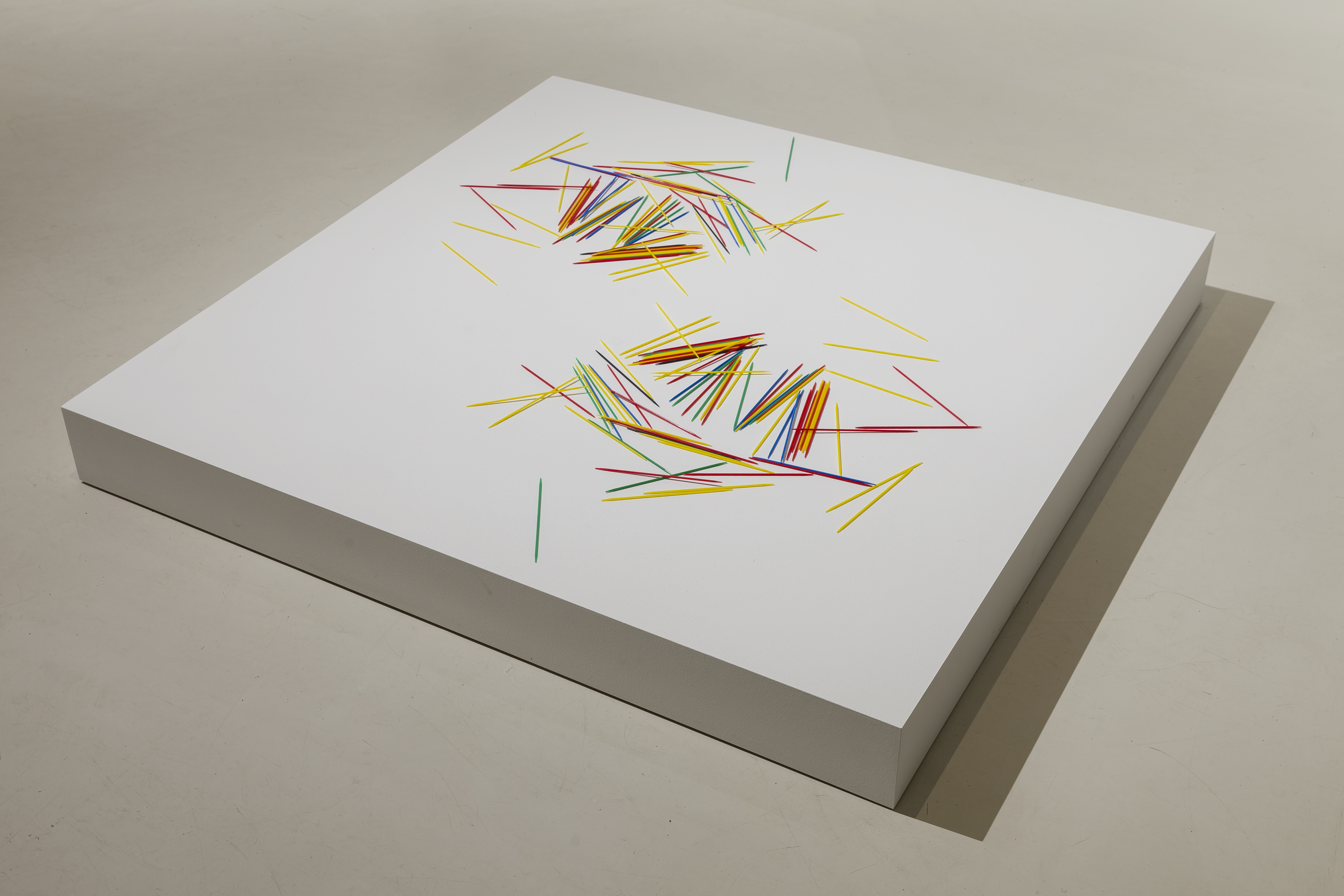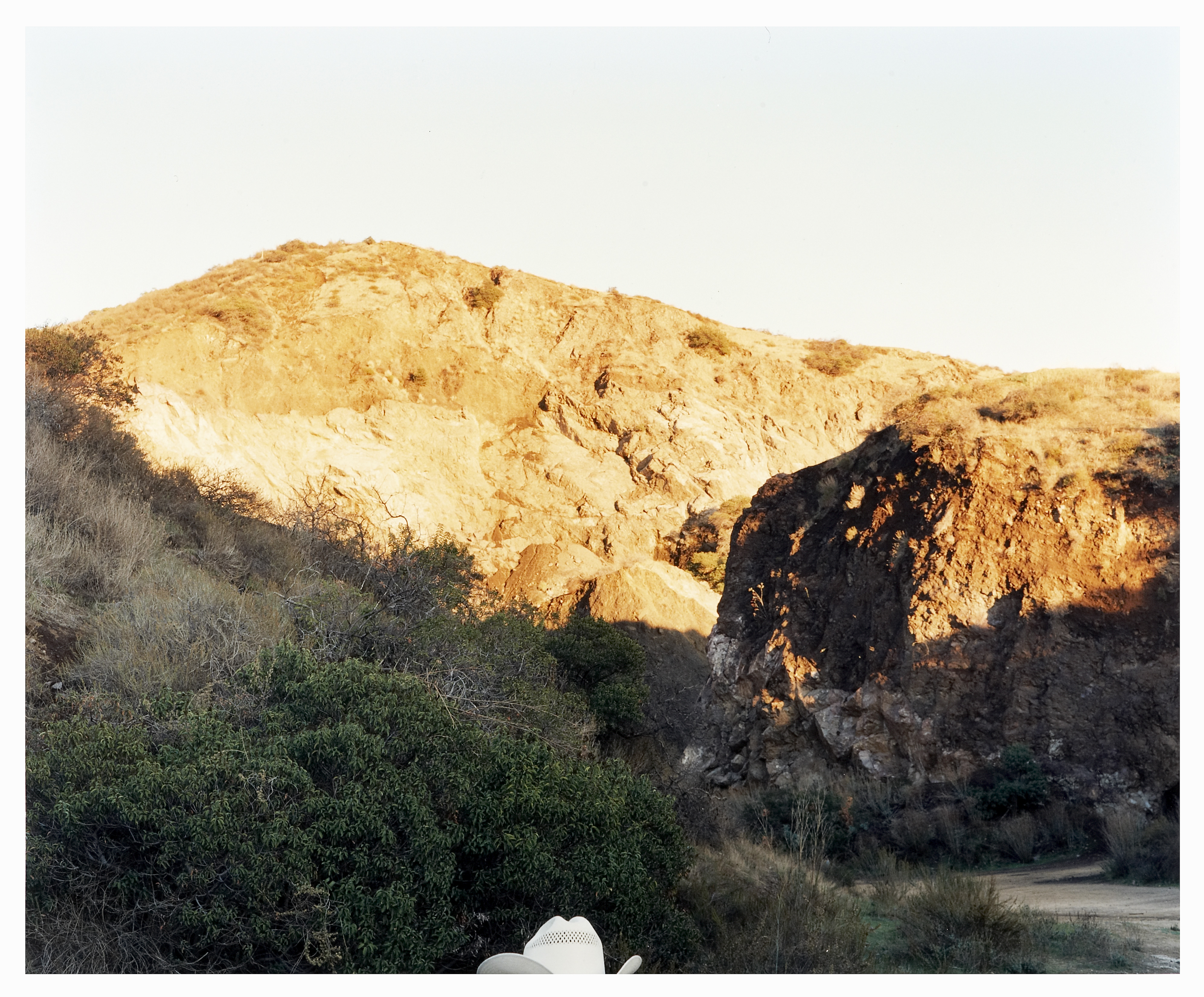![]()
![]()
![]()
![]()
![]()
![]()
Every day is another day






Regine Basha curates Nina Katchadourian in dialogue with Vija Celmins, Rivane Neuenschwander, Gabriel Orozco, Tom Friedman, Jonathan Monk, Robert Therrien
and Fischli & Weiss.
Exhibition: Sept 14 - Dec 1, 2019
View installation shots of the exhibition
Special events:
Friday, Oct. 4th, 6:30pm - On Boredom and other exciting tales…….
Nina Katchadourian and curator Regine Basha explore the themes of the show and the ideas that have connected them since the mid-1990s, including the mundane, storytelling and absurdist humor, as well as ways to stay actively bored.
Friday, Nov. 8th, 6:30pm - nothing to see/hear
Composer and visual artist Seth Cluett performs a sound work using everyday objects, field recordings, and home-made foley instruments. Measured performance gestures create live foley sounds that blend and obscure their recorded counterparts highlighting the tension between the real and the reproduced.
Curator’s Statement:
This exhibition was born out of my sheer glee in discovering that a collection affiliated with 601Artspace holds works by many of the artists who directly shaped me and many of my peers as we emerged in the art world of the mid-1990s. Vija Celmins, Rivane Neuenschwander, Gabriel Orozco, Tom Friedman, Jonathan Monk, Robert Therrien and Fischli & Weiss, each in their own way, actively scrutinized the ‘everyday,’ using humor and play to explore the malaise of boredom. In many ways, their tactics referenced gestures of eras past; Orozco and Fischli & Weiss brought back the eye of the 19th century flaneur; Celmins, Friedman and Therrien recalled the wit of Dada’s readymades, and Monk and Neuenschwander rediscovered the sublime in daily minutiae, like Fluxus artists before them.The works born out of this 90’s moment are purposefully unspectacular and masterfully subtle — redressing the 80’s excesses back into plainclothes.
Every day is another day views a contemporary art collection through the lens of Nina Katchadourian, a conceptual artist whose work taps directly into the undercurrent of ideas, moods and images embraced by these earlier works. Her practice, which includes photography, sculpture, sound installation, found objects, public interventions and performance video, consistently mines the mundane in humorous and surprising ways. Over the past two decades, Katchadourian’s work has become known for its wit and ability to wrest meaning from everyday moments in front of her, especially in her ongoing series, Seat Assignment*, examples of which can be found in this exhibition. In Seat Assignment, the artist uses her mobile phone to photograph scenes she stages while traveling on an airplane with limited time and materials at her disposal. These are inspired, she says, by ‘the investment of thinking on your feet and from optimism about the artistic potential that lurks within the mundane.”
Staging an ‘intervention’ into a collection is, purposefully, another 90’s reference. This curatorial exercise gathered momentum in the 90’s within museums and private collections, often reflecting a burgeoning recognition of the need to unpack canonical history, present new perspectives on hidden narratives, de-colonize, look critically at institutions, and diversify collections and exhibitions in terms of race and gender issues. The most notable example of this might be Fred Wilson’s Mining the Museum**, organized in 1992 at the Maryland Historical Society which was hugely influential at the time.
In 1995, I entered the graduate program at Bard’s Center for Curatorial Studies as part of its inaugural class. Around that same time (though we had not yet met) Nina Katchadourian was a graduate student at UCSD, embarking on a massive intervention called CARPARK in which she and her collaborators Mark Tribe and Steven Matheson choreographed a color-coded parking arrangement with incoming cars at Southwestern College. It was probably the first public work in which she reorganized the boring chores of daily life to bend towards her own wry logic. And around that same time Gabriel Orozco was photographing every yellow scooter he spotted in Berlin….
Collection interventions sometimes serve as a kind of makeshift time travel portal, allowing early threads of thought to re-weave with later ones and express new questions in material form. No doubt, the study of recent art history has been challenged by the advent of the internet, as the texture of time seems to have liquified, for better and for worse. Asking why boredom was important to artists in the 90’s, and examining why it might be useful to revisit now, is this exhibition’s underlying premise. It seems an excellent time, in our present moment of total distraction and saturation, to unpack the meaning of attention paid to the banal, to consider what that meant to the pre-internet era, and to glean what we might learn from a sense of boredom today.
Images:
Nina Katchadourian, Cheese Hut, 2019 ("Seat Assignment" project, 2010--ongoing), C-print; 19 x 24 inches. Courtesy of the artist, Catharine Clark Gallery, San Francisco, and Pace Gallery, New York. Gabriel Orozco, Spiral Pee Pee, printed 2005, C-Print; 16 x 20 inches. Tom Friedman, Untitled (Pick Up Sticks), 1990, pick up sticks; dimensions variable. Nina Katchadourian, Giant S (Large), 2019, ("Seat Assignment" project, 2010--ongoing), C-print; 45 1/2 x 35 1/2 inches. Courtesy of the artist, Catharine Clark Gallery, San Francisco, and Pace Gallery, New York. Jonathan Monk, The space above Bruce Nauman’s head, 1997, color print, 50 x 60 cm. Nina Katchadourian, Sun Tunnels, 2012 ("Seat Assignment" project, 2010--ongoing), C-print; 19 x 15 1/4 inches. Courtesy of the artist, Catharine Clark Gallery, San Francisco, and Pace Gallery, New York.
*At 280+ flights and counting, the Seat Assignment series has reached near-absurd proportions and Katchadourian has admitted that much of the impetus behind the work comes from her challenge with boredom. Many might refer to her ‘lavatory portraits’ in Seat Assignment which have gone viral on you tube, facebook, etc….as what immediately comes to mind when thinking of Nina Katchadourian.
**In Mining the Museum, Fred Wilson introduced his sculptural work into the 19thCentury collection of the Maryland Historical Society, creating a new ‘decolonized’ reading of the collection of objects and underlining a history of black oppression in the region.
88 Eldridge St. New York, NY 10002
Tel: 212-243-2735
Open Thurs-Sun 1-6pm
© 601Artspace, 2018
